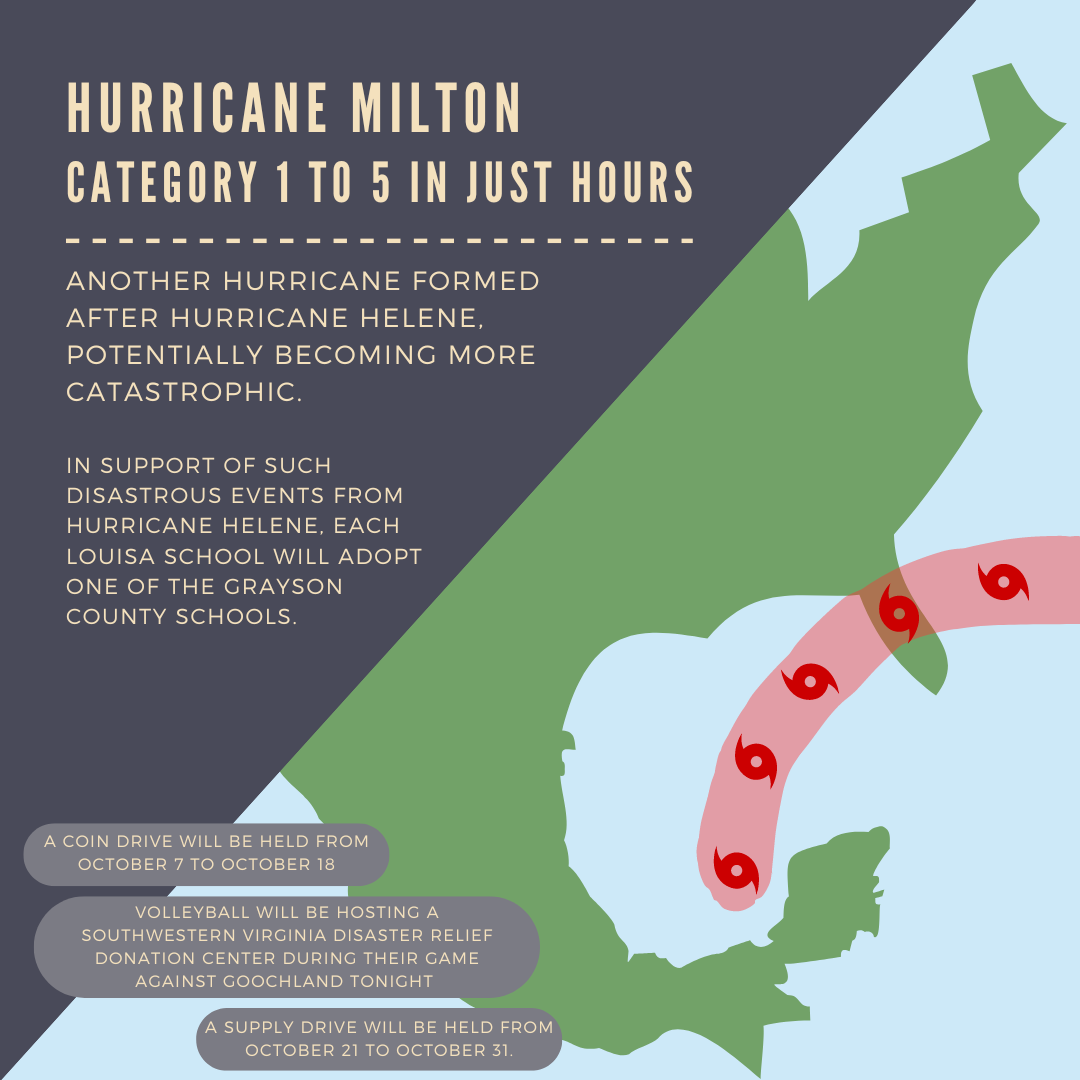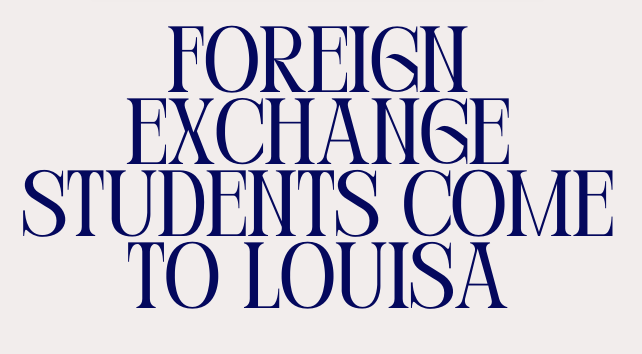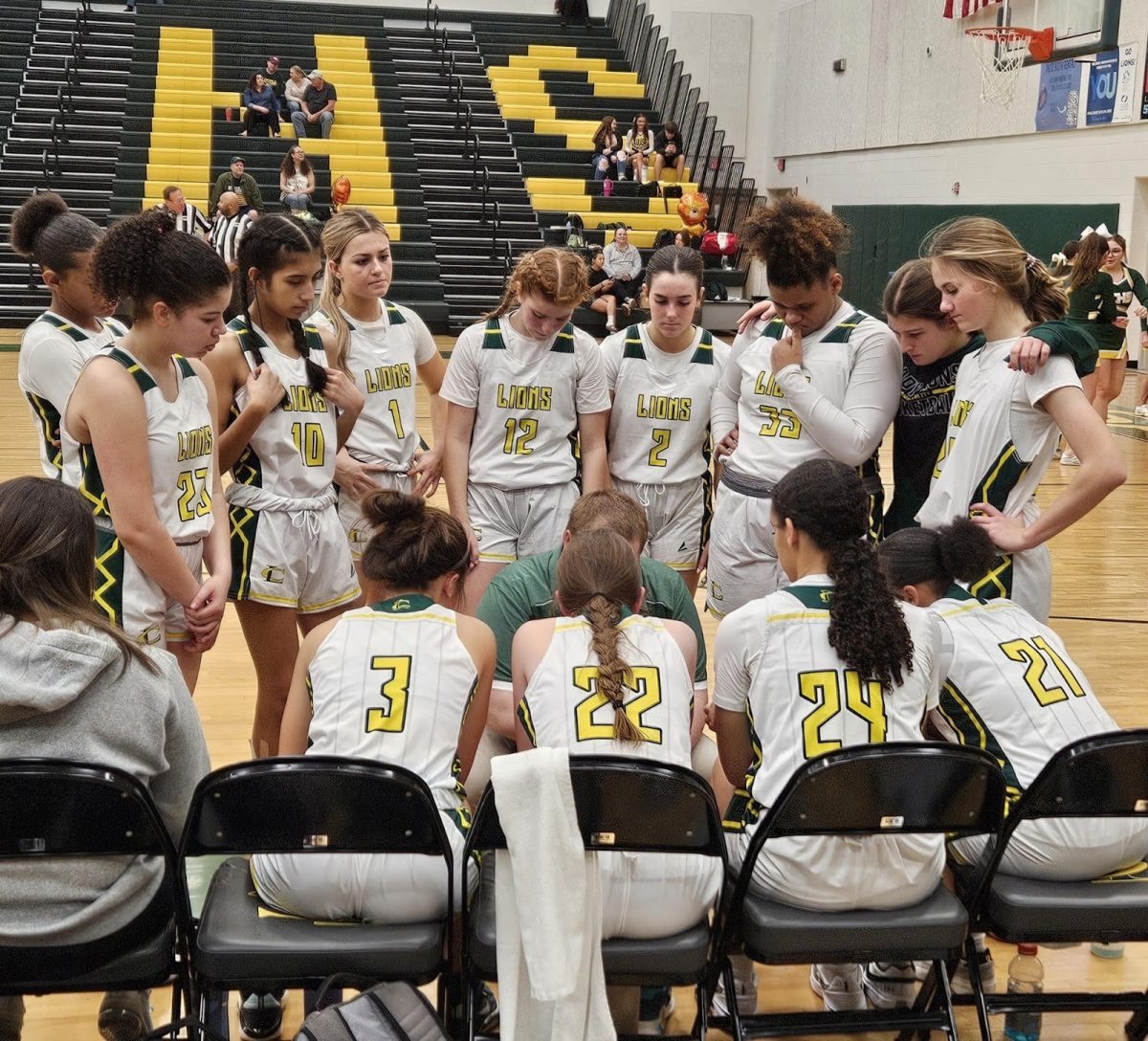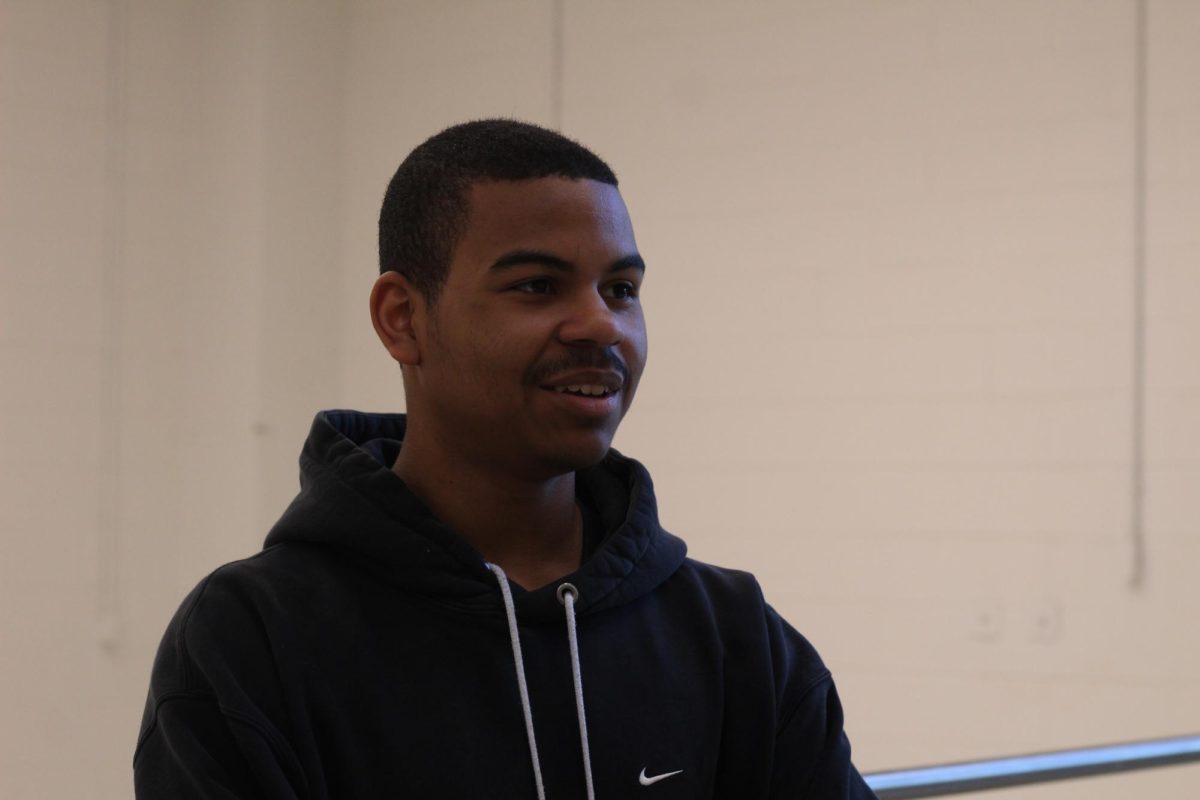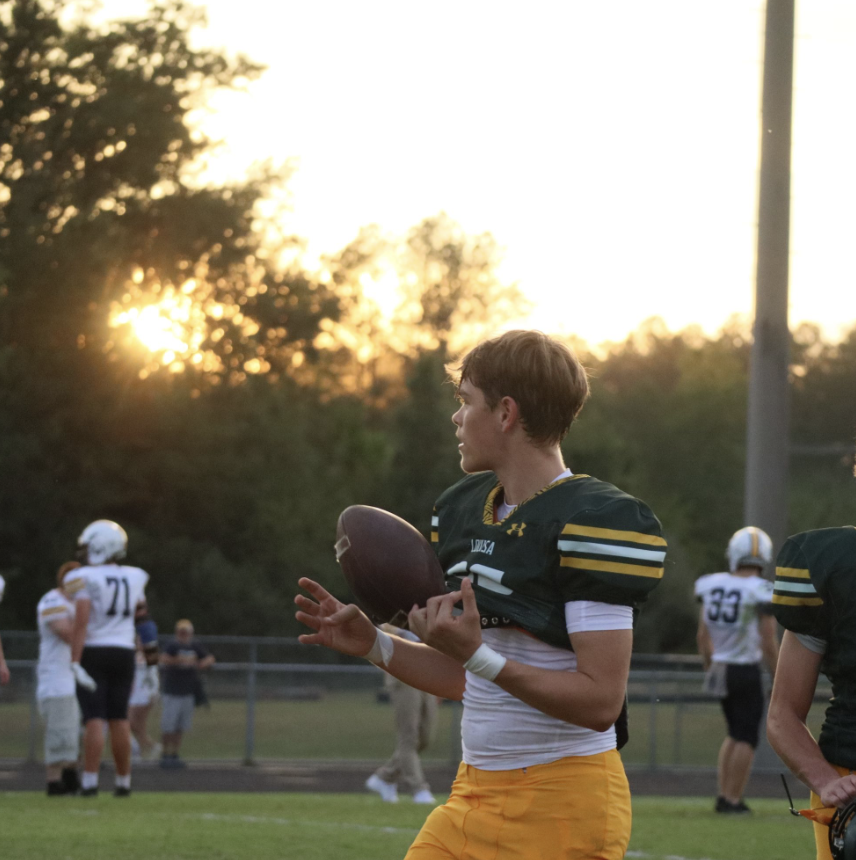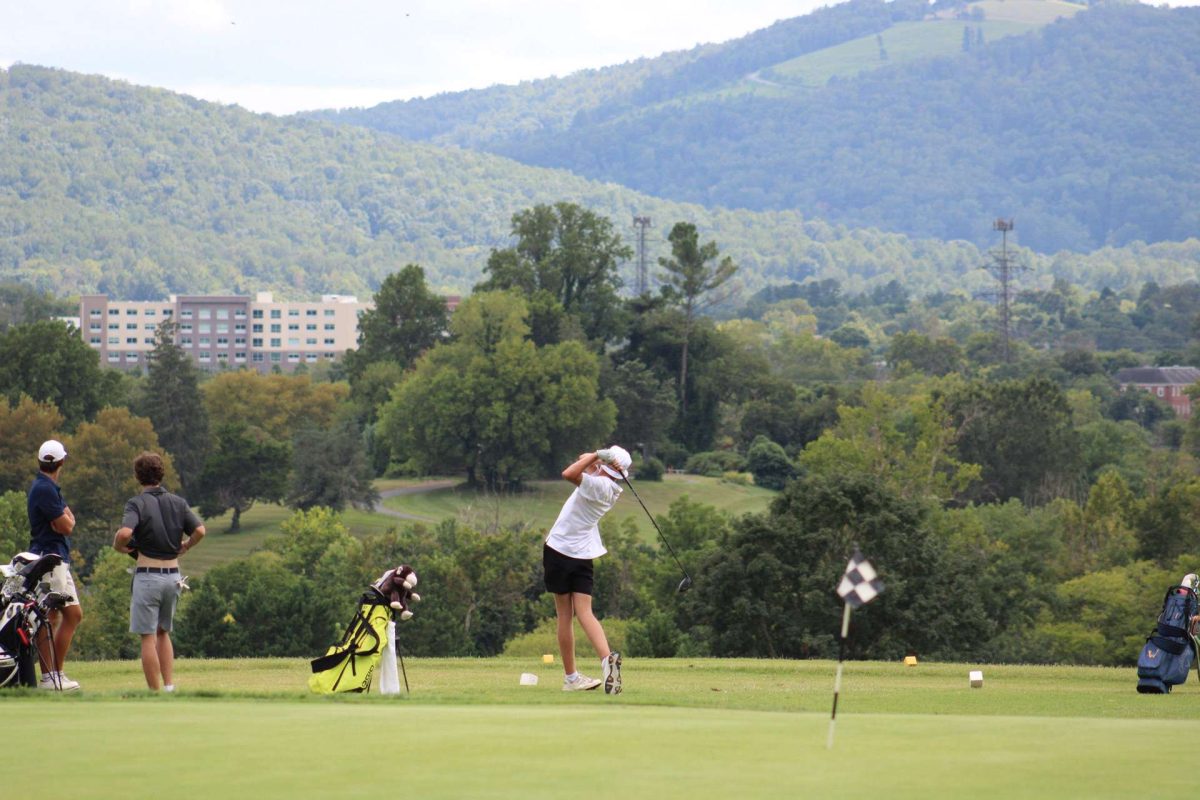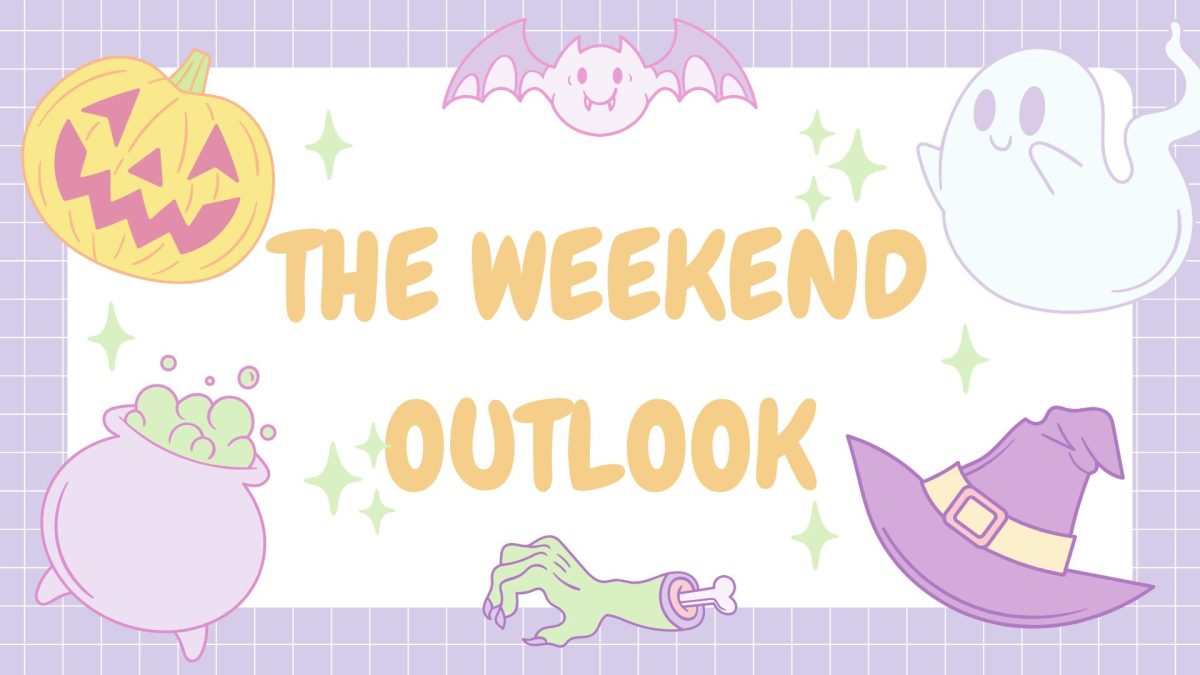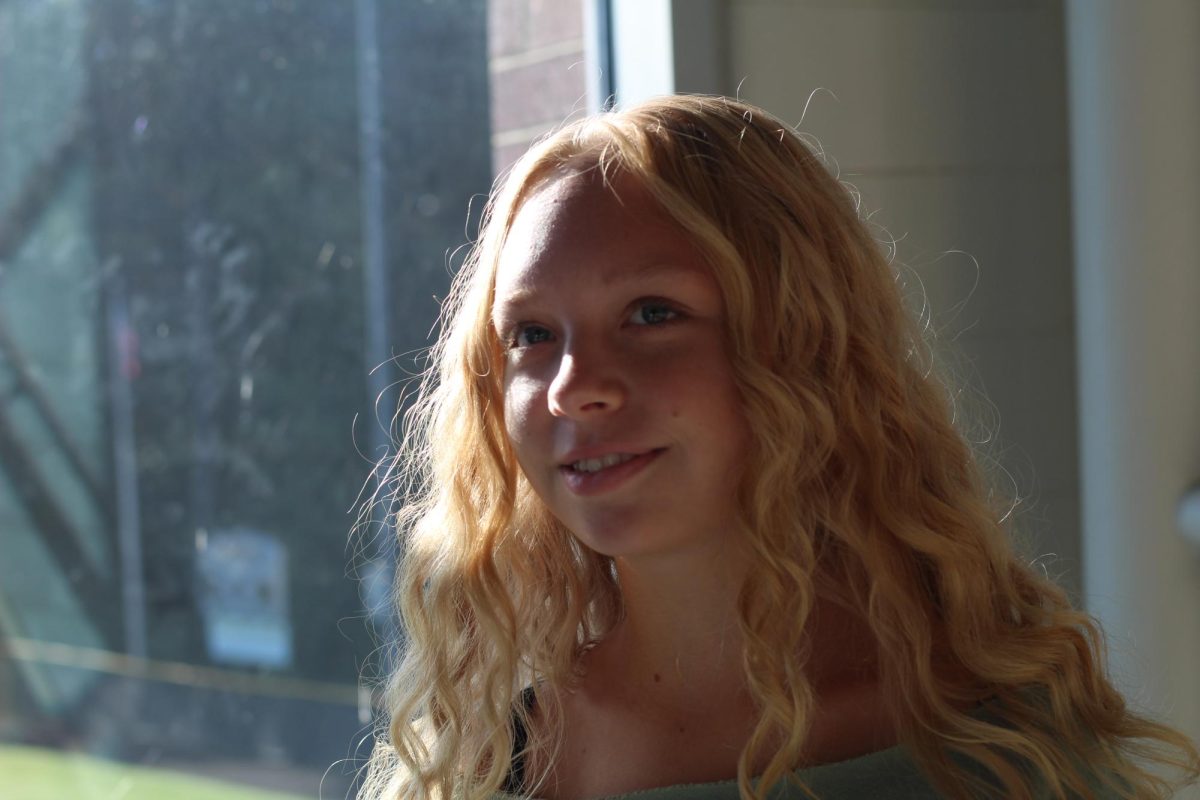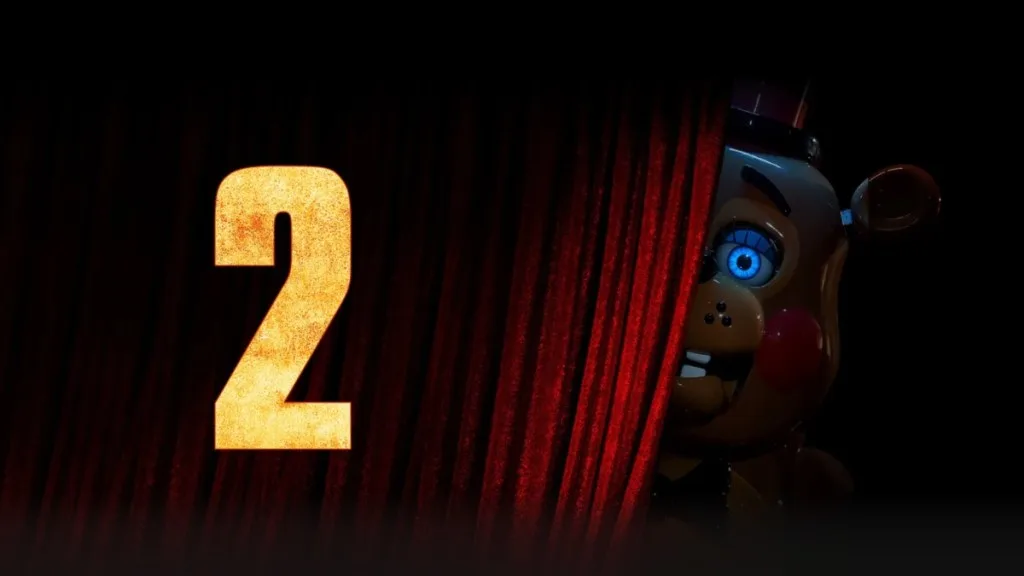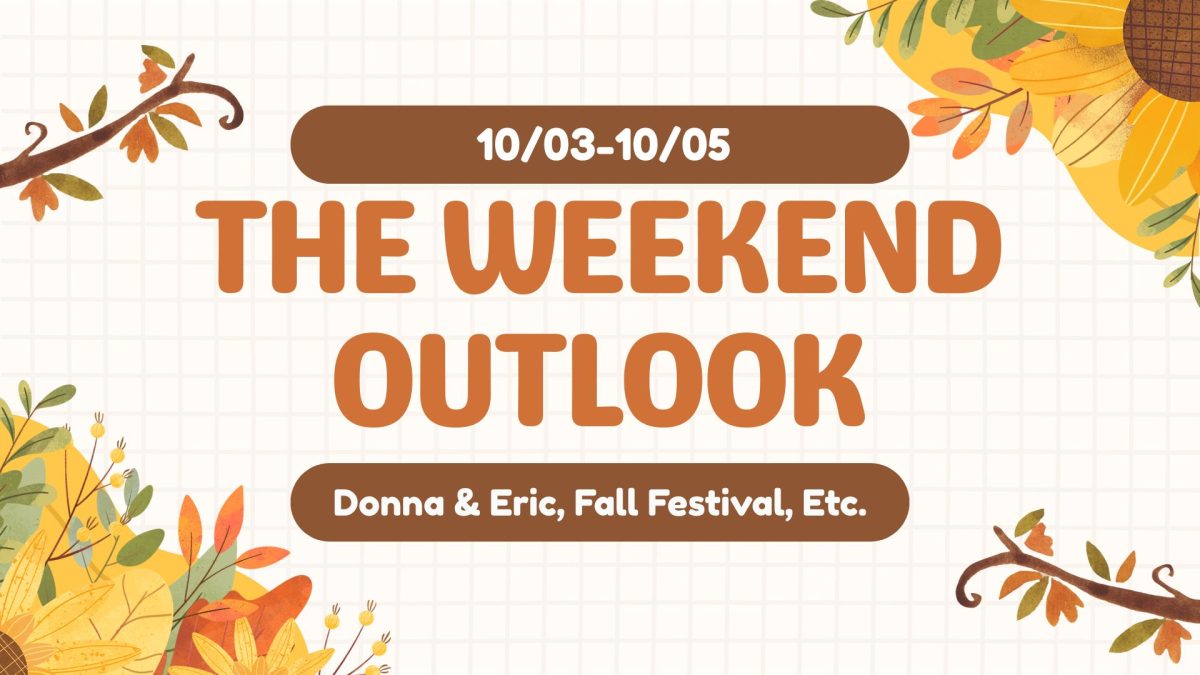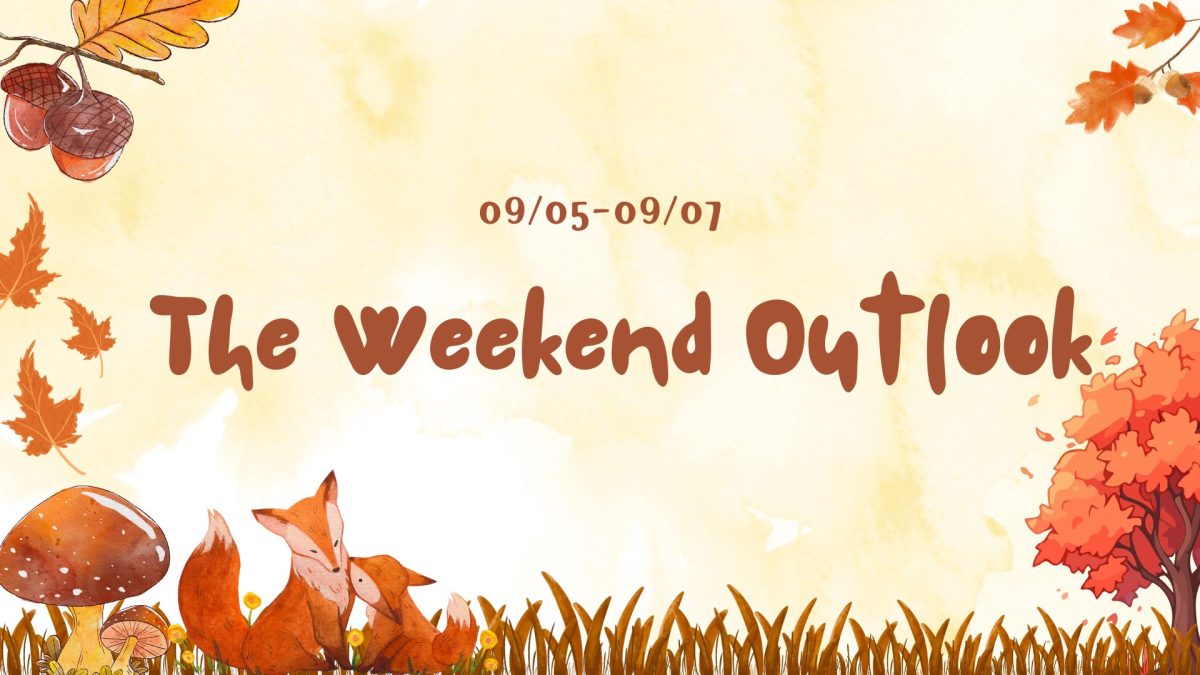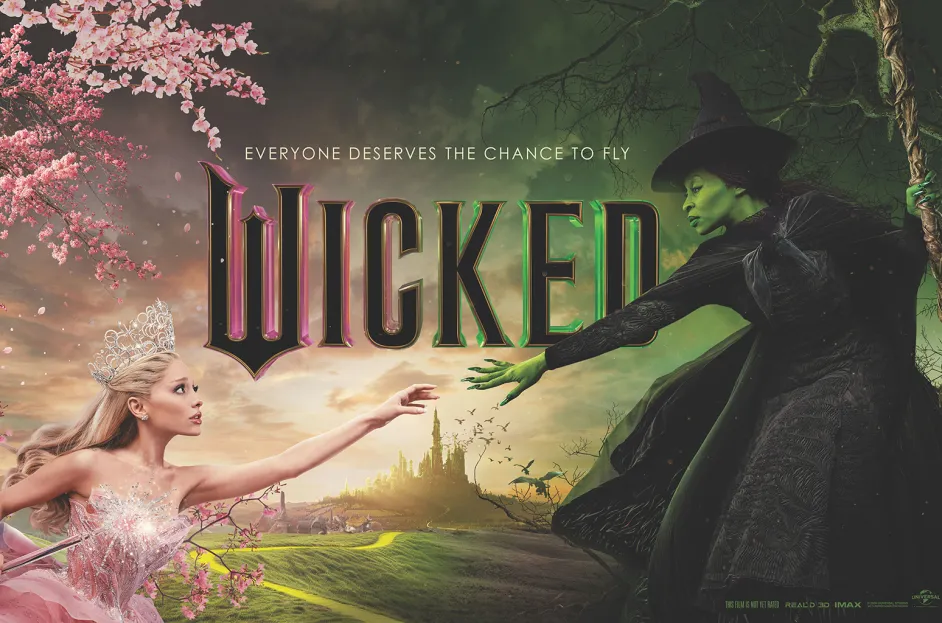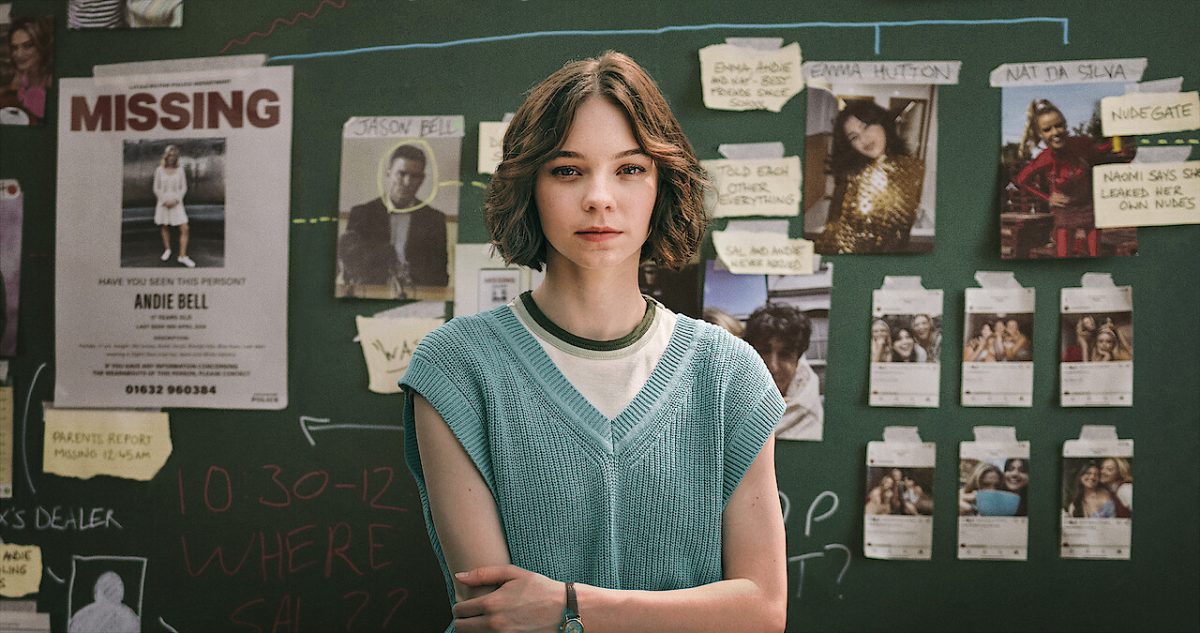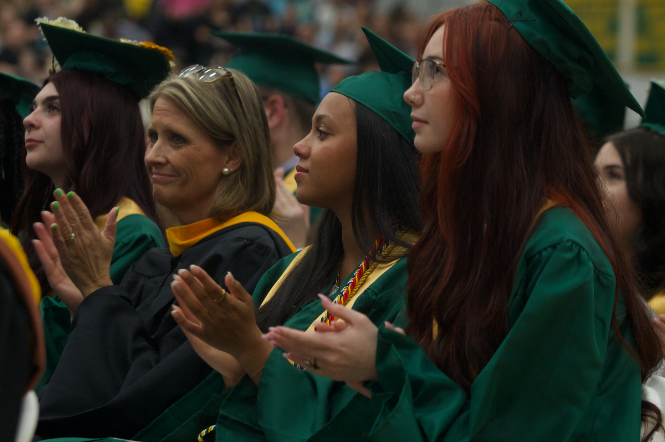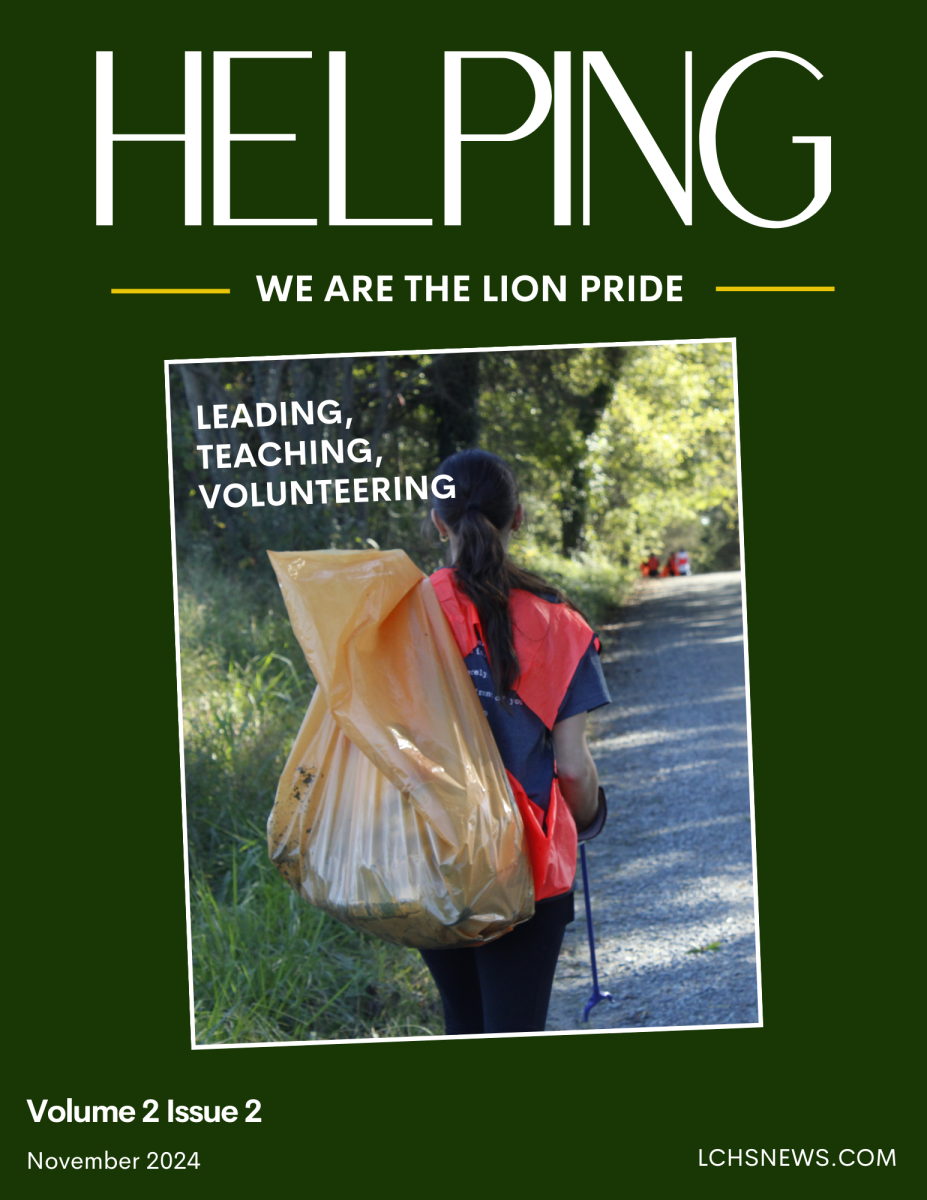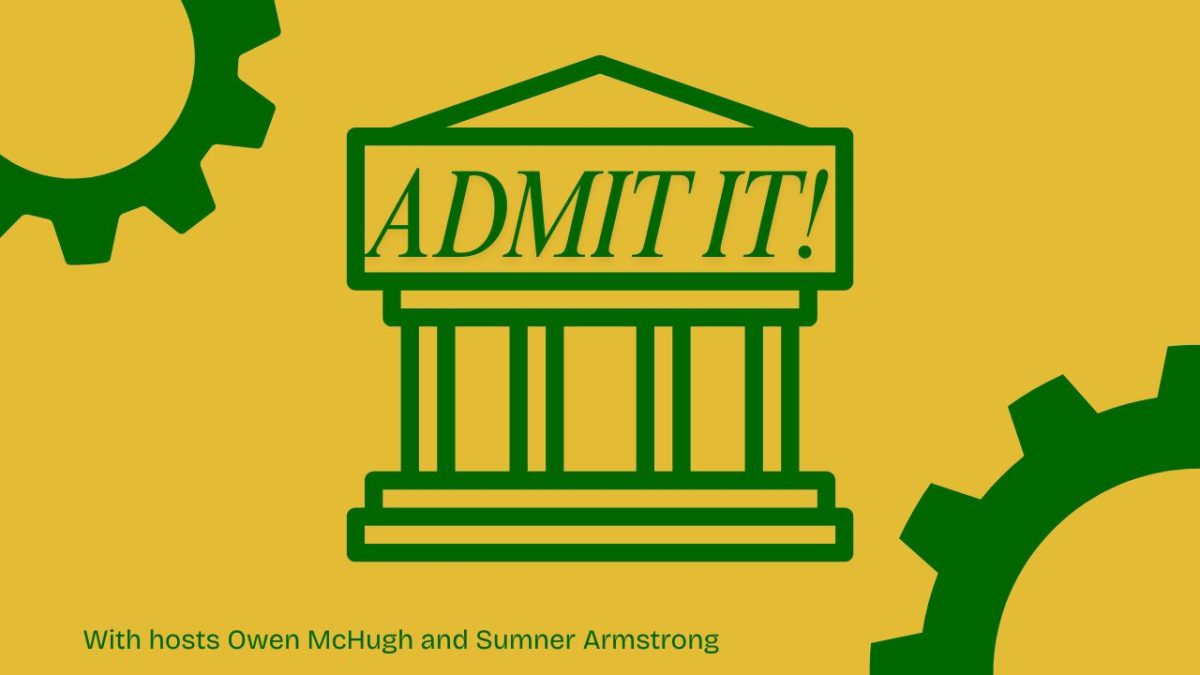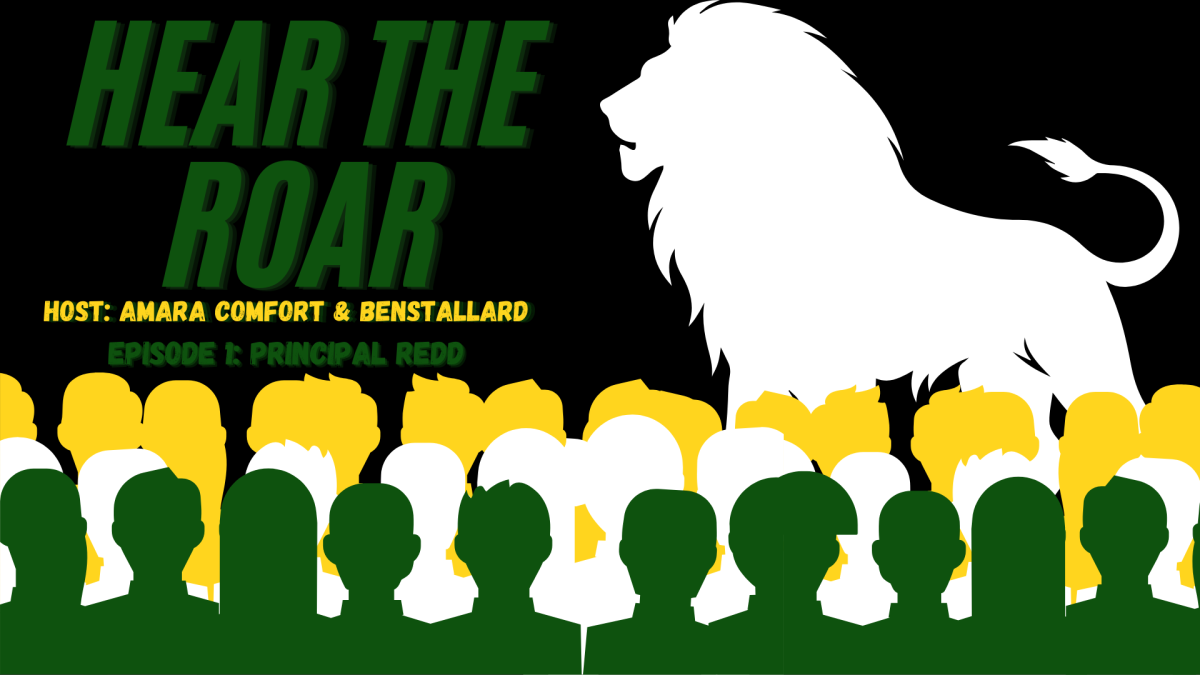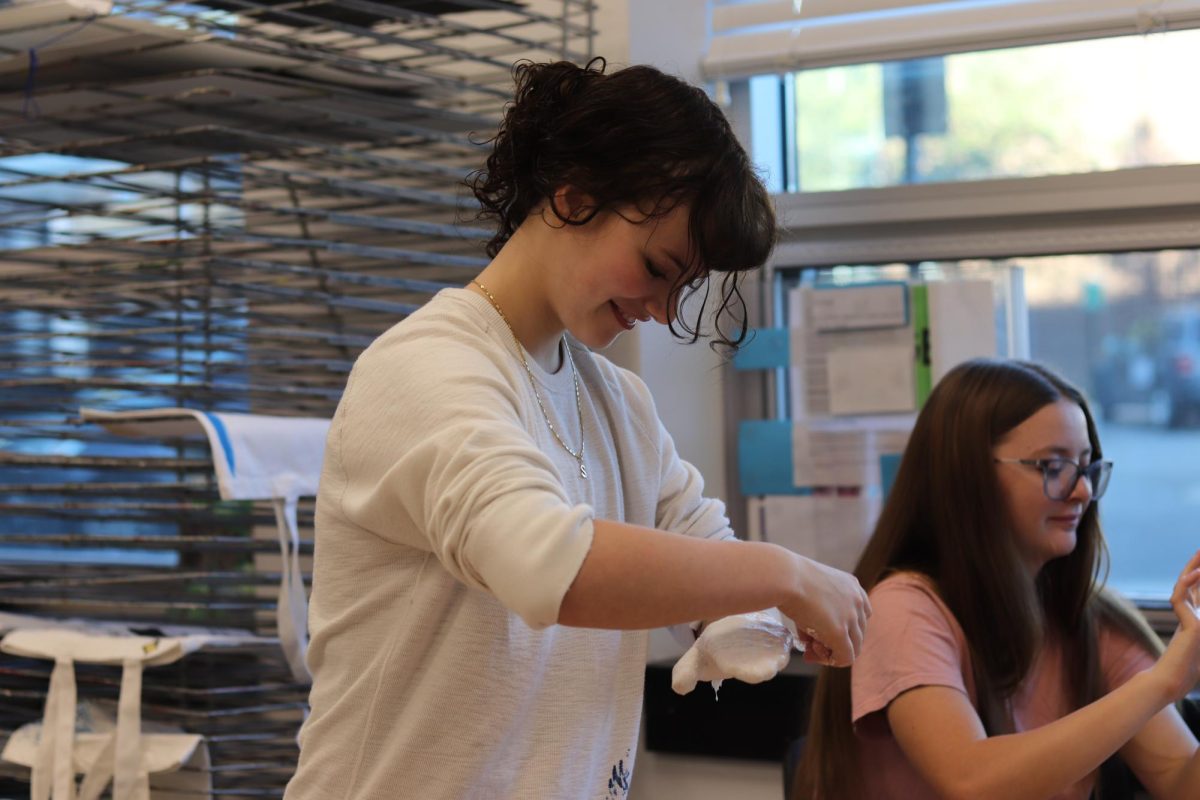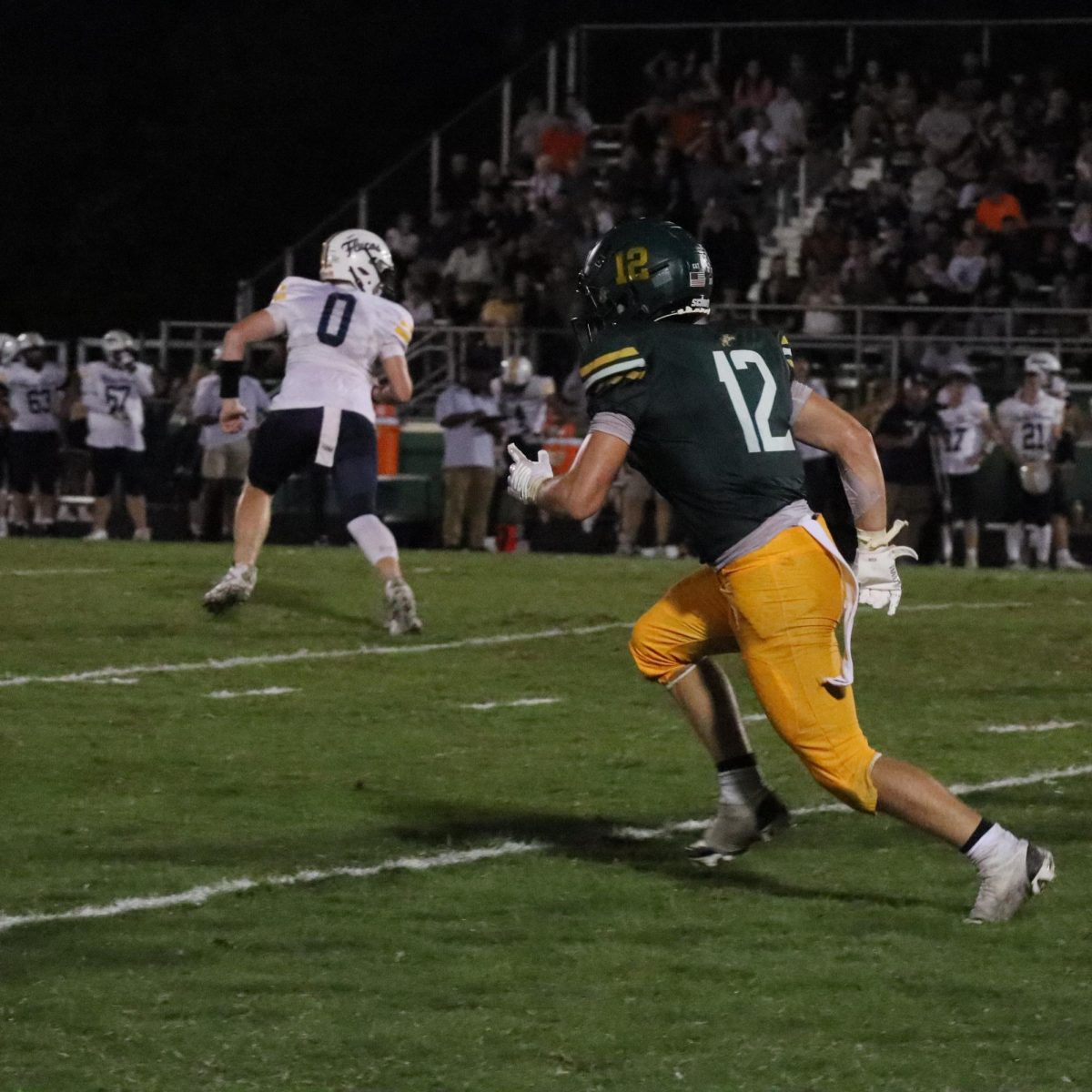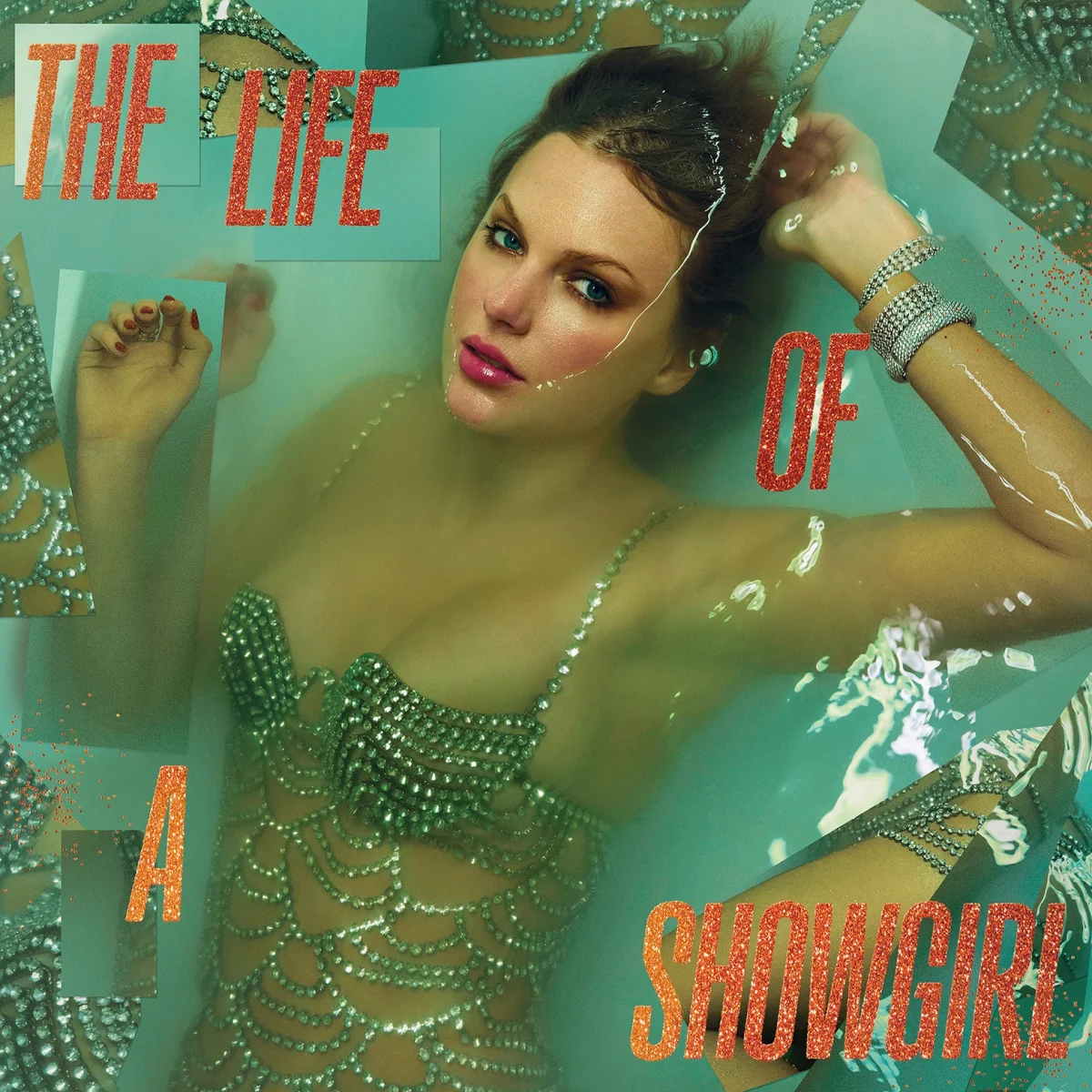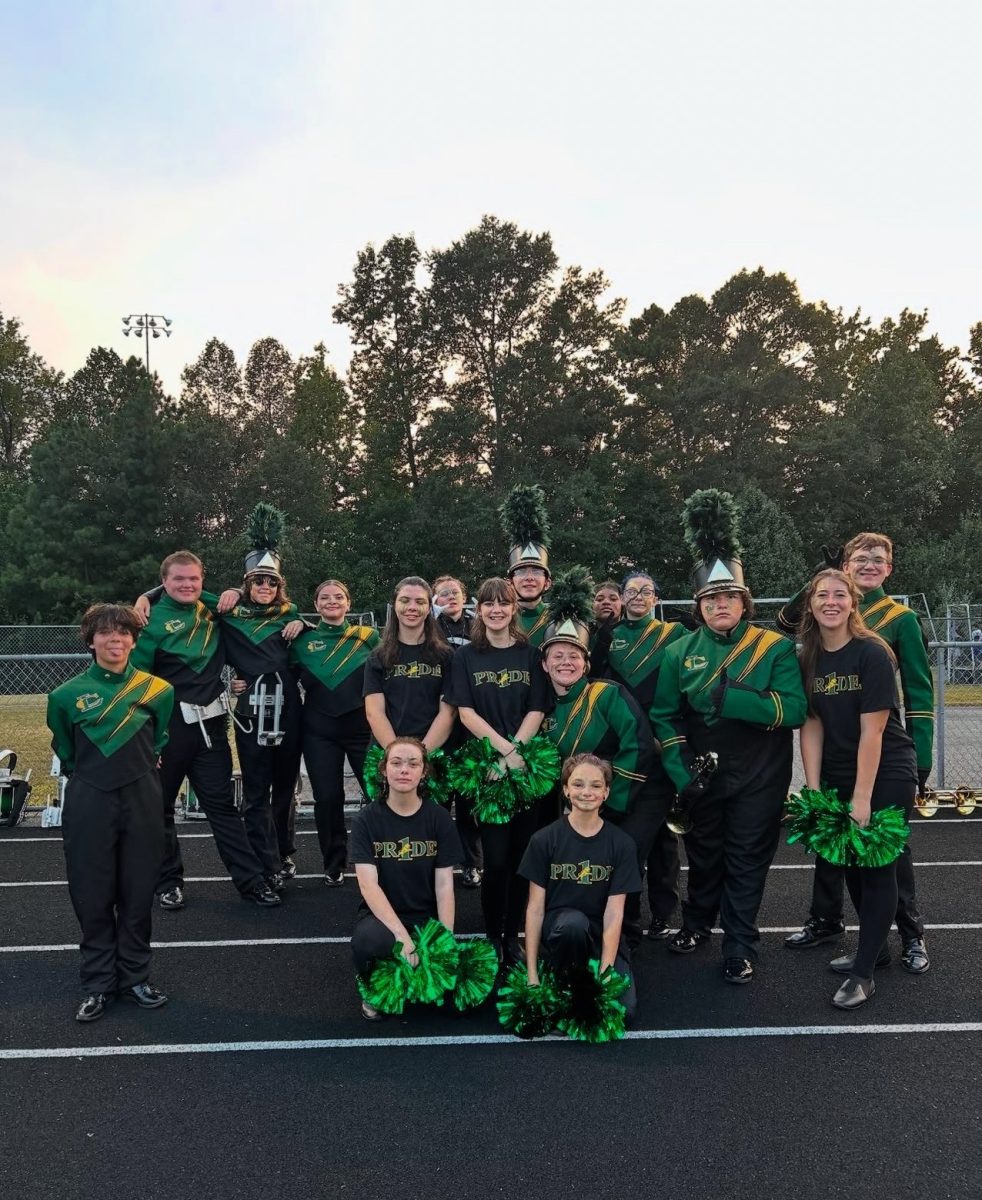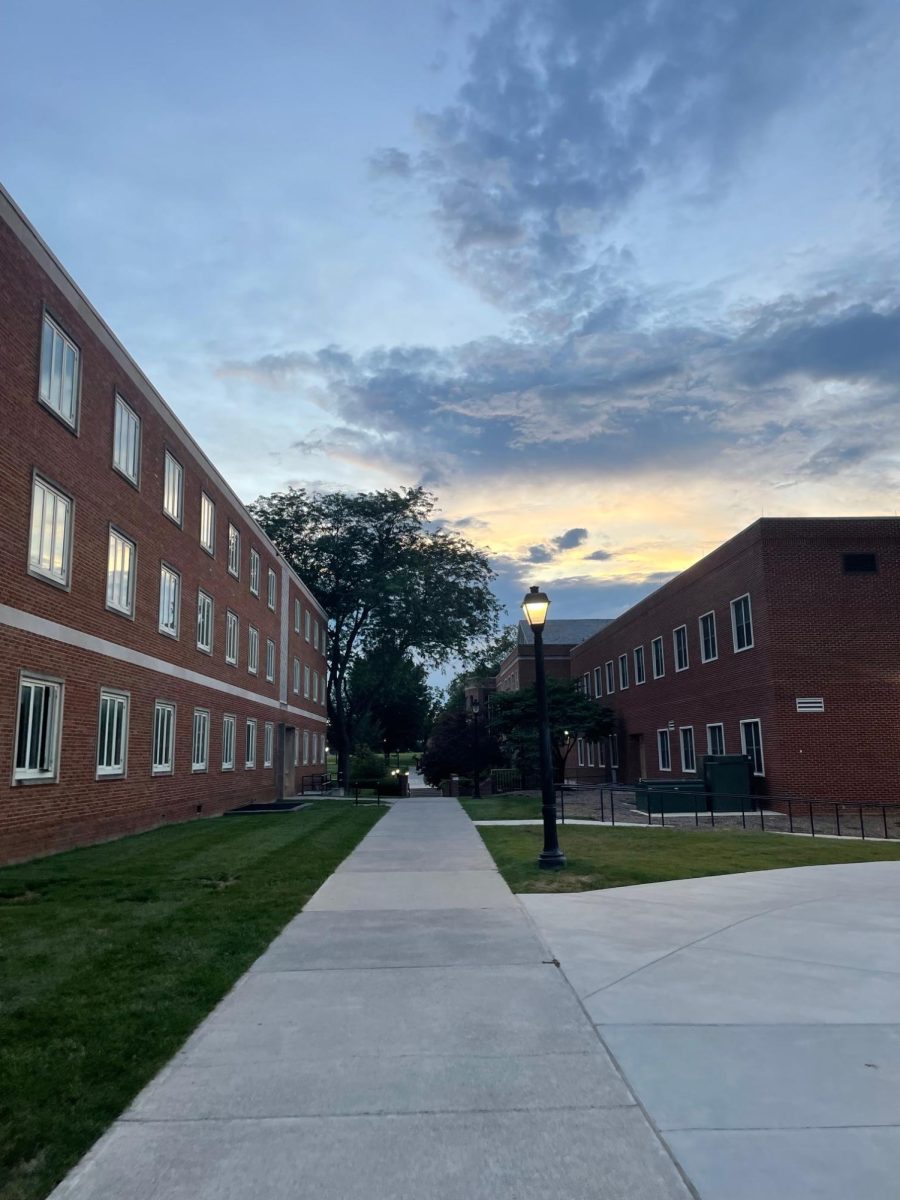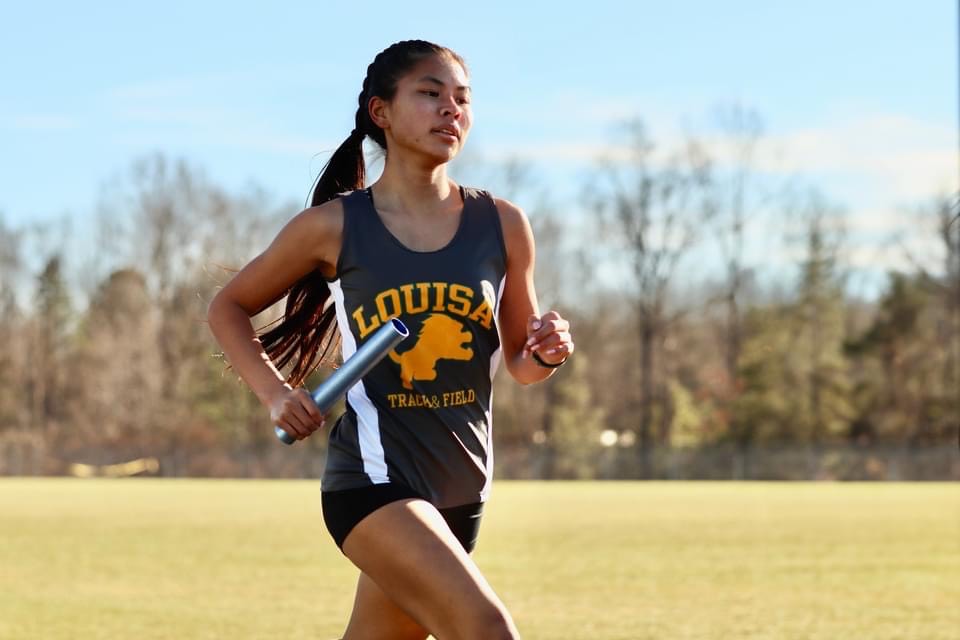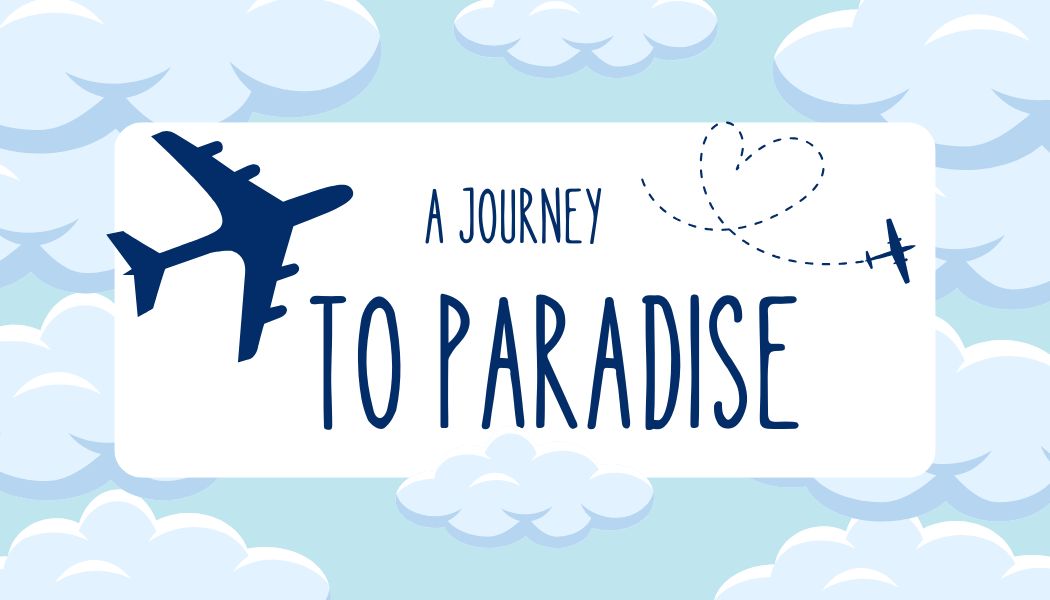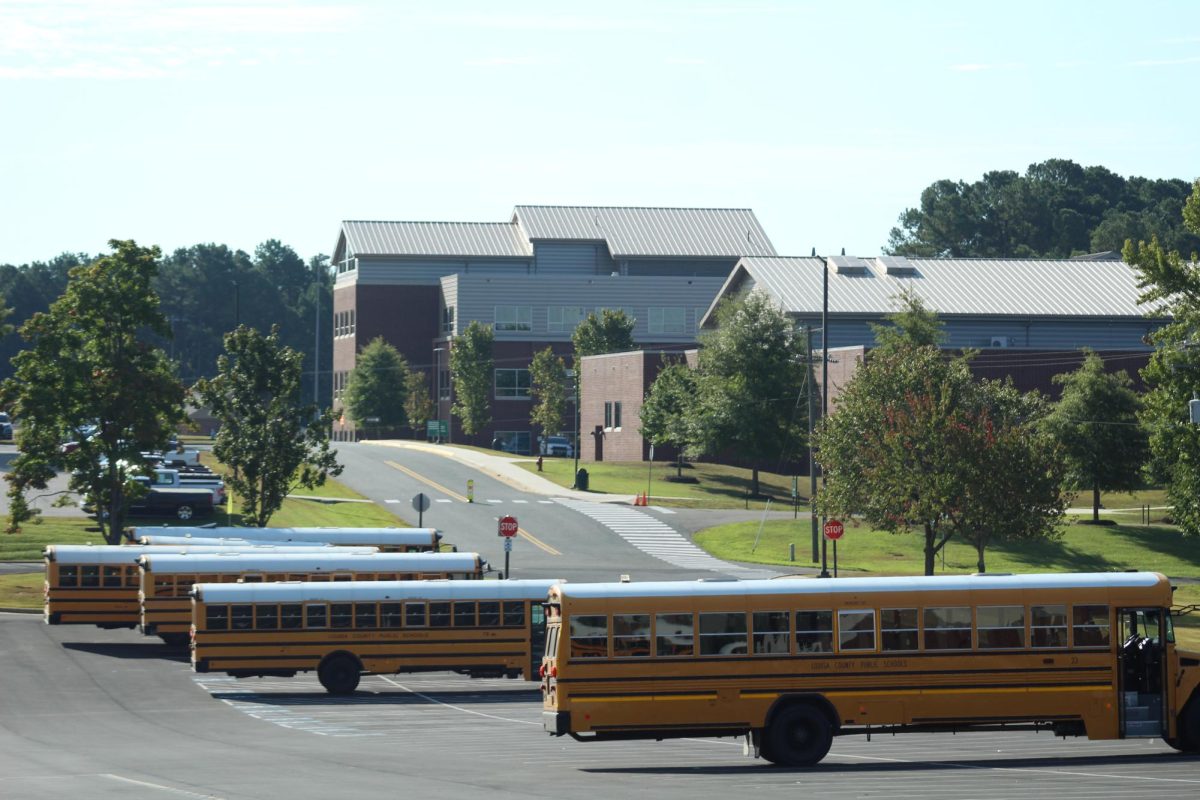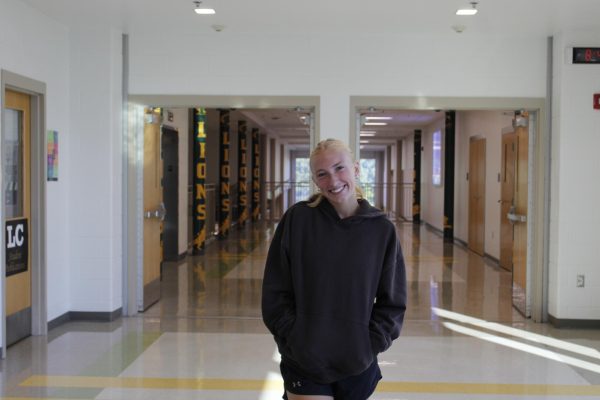The Attachment Theory, first written by John Bowlby, analyzes attachments that individuals develop as they grow up. Throughout childhood, attachments we form become part of our personalities. There are three main types of attachment styles: secure, anxious, and avoidant. These styles can have positive and negative outlooks on others and oneself.
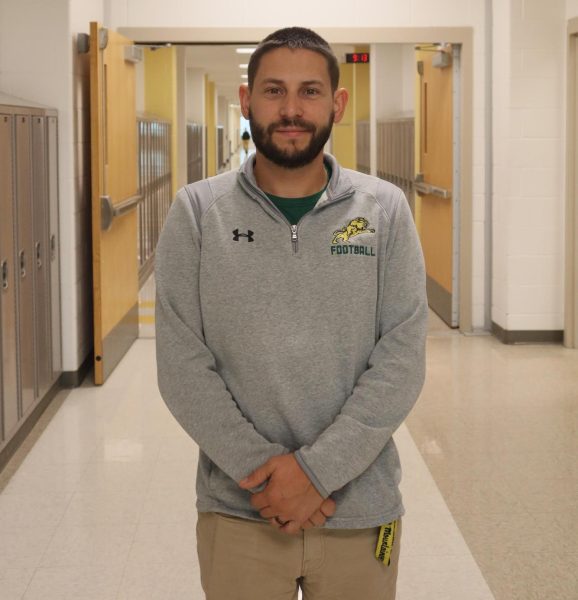
The Attachment Theory was first tested by Harry Harlow, a psychologist in the 1930s, using infant Rhesus monkeys. In this experiment, he tested the effect of separating the infants from their mothers and how they reacted to artificial mothers. The infants would go to the “mother” made from softer material for comfort, and go to the other, made with harder material, when they were hungry. This experiment led researchers like John Bowlby and Mary Ainsworth to further the study of attachment styles, and essentially taking credit for the study and its understanding.
AP psychology teacher Micah Moyer touches on attachment theory with his students. They apply this knowledge the same way psychologists do to understand the effect of parents’ presence and relationships on their children.
“We talk about the attachment theory as far as it relates to development, especially, in younger kids, babies, and their mothers are generally what the focus is on,” Moyer said.
According to Simple Psychology, these attachment styles can affect relationships between parents and the children as they develop into young adults. People with secure attachments exude confidence when it comes to relationships and interdependence feels easy. They do not worry about regretting getting into a relationship or fear the relationship will end. In fact, they feel secure when they are with their partner.
People with avoidant attachment feel more independent and do not feel like they need to rely on others for assurance. Lastly, people with anxious attachments tend to counter those with avoidant attachments. These people project their insecurities, lack of self-confidence, and their need of constant reassurance when it comes to their relationships.
Sophomore Mya Amos is interested in studying pediatric psychology in college. Although Amos hasn’t yet studied attachment theory, the theory intrigues her.
“I know when I get stressed or scared in school I look for a certain someone, for example, my father,” Amos said. “And in school you don’t have those people.”
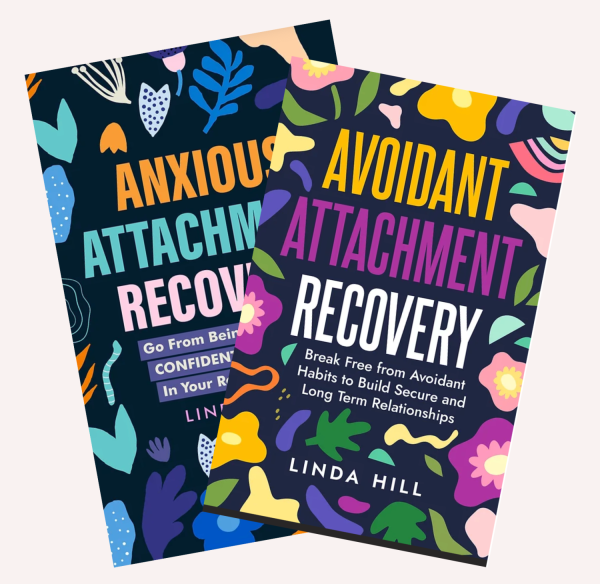
These different attachments affect how children react to separation. According to Moyer, this was seen during the COVID-19 Pandemic. Infants who were home with their parents during the lockdown developed strong attachments. Once parents returned to their normal work schedules, these attachments became apparent and caused difficulty when separated. When the children were separated from their parents, the children would have crying fits or have other outbursts.
Marcia Flora, the instructor for Teachers For Tomorrow, studied psychology as an undergrad, and she helps prepare students for the realities of their future teaching experience. She teaches her current students on how their younger students will react with or without the presence of their parents.
“I definitely see this with my friend’s kids, nieces, and nephews,” Moyer said. “They were with their parents 24/7, and then you see that parent try to drop their kid off at daycare, or even if they have friends over, that’s not a normal thing for those kids.”
Teachers for all ages work with students of all different attachments, and this can cause difficulty when it comes to doing their job. These attachments don’t just affect how students act, but also the relationships made in school.







